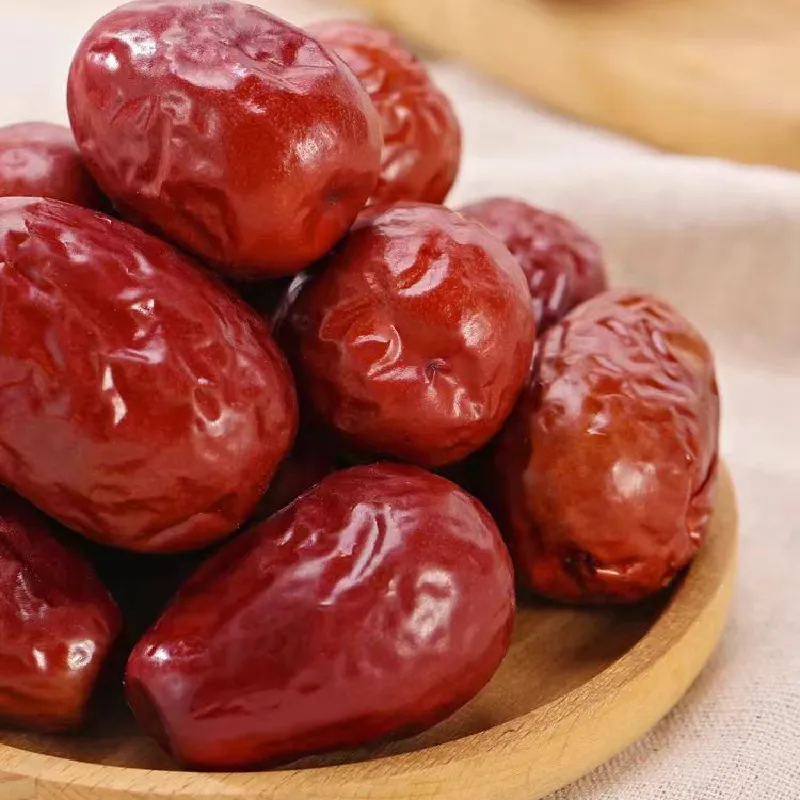-
 Afrikaans
Afrikaans -
 Albanian
Albanian -
 Amharic
Amharic -
 Arabic
Arabic -
 Armenian
Armenian -
 Azerbaijani
Azerbaijani -
 Basque
Basque -
 Belarusian
Belarusian -
 Bengali
Bengali -
 Bosnian
Bosnian -
 Bulgarian
Bulgarian -
 Catalan
Catalan -
 Cebuano
Cebuano -
 Corsican
Corsican -
 Croatian
Croatian -
 Czech
Czech -
 Danish
Danish -
 Dutch
Dutch -
 English
English -
 Esperanto
Esperanto -
 Estonian
Estonian -
 Finnish
Finnish -
 French
French -
 Frisian
Frisian -
 Galician
Galician -
 Georgian
Georgian -
 German
German -
 Greek
Greek -
 Gujarati
Gujarati -
 Haitian Creole
Haitian Creole -
 hausa
hausa -
 hawaiian
hawaiian -
 Hebrew
Hebrew -
 Hindi
Hindi -
 Miao
Miao -
 Hungarian
Hungarian -
 Icelandic
Icelandic -
 igbo
igbo -
 Indonesian
Indonesian -
 irish
irish -
 Italian
Italian -
 Japanese
Japanese -
 Javanese
Javanese -
 Kannada
Kannada -
 kazakh
kazakh -
 Khmer
Khmer -
 Rwandese
Rwandese -
 Korean
Korean -
 Kurdish
Kurdish -
 Kyrgyz
Kyrgyz -
 Lao
Lao -
 Latin
Latin -
 Latvian
Latvian -
 Lithuanian
Lithuanian -
 Luxembourgish
Luxembourgish -
 Macedonian
Macedonian -
 Malgashi
Malgashi -
 Malay
Malay -
 Malayalam
Malayalam -
 Maltese
Maltese -
 Maori
Maori -
 Marathi
Marathi -
 Mongolian
Mongolian -
 Myanmar
Myanmar -
 Nepali
Nepali -
 Norwegian
Norwegian -
 Norwegian
Norwegian -
 Occitan
Occitan -
 Pashto
Pashto -
 Persian
Persian -
 Polish
Polish -
 Portuguese
Portuguese -
 Punjabi
Punjabi -
 Romanian
Romanian -
 Russian
Russian -
 Samoan
Samoan -
 Scottish Gaelic
Scottish Gaelic -
 Serbian
Serbian -
 Sesotho
Sesotho -
 Shona
Shona -
 Sindhi
Sindhi -
 Sinhala
Sinhala -
 Slovak
Slovak -
 Slovenian
Slovenian -
 Somali
Somali -
 Spanish
Spanish -
 Sundanese
Sundanese -
 Swahili
Swahili -
 Swedish
Swedish -
 Tagalog
Tagalog -
 Tajik
Tajik -
 Tamil
Tamil -
 Tatar
Tatar -
 Telugu
Telugu -
 Thai
Thai -
 Turkish
Turkish -
 Turkmen
Turkmen -
 Ukrainian
Ukrainian -
 Urdu
Urdu -
 Uighur
Uighur -
 Uzbek
Uzbek -
 Vietnamese
Vietnamese -
 Welsh
Welsh -
 Bantu
Bantu -
 Yiddish
Yiddish -
 Yoruba
Yoruba -
 Zulu
Zulu
Sep . 28, 2024 00:24 Back to list
Melon Seeds as a Unique Ingredient in Confectionery Products
Melon Seeds in Sweet Products A Unique Culinary Trend
In the ever-evolving world of culinary arts, innovation often stems from combining traditional ingredients with modern recipes. One such burgeoning trend is the incorporation of melon seeds into sweet products. Often sidelined in favor of more conventional ingredients, melon seeds are now making a noteworthy comeback, bringing both flavor and nutritional benefits to a variety of sweet confections.
The Rich History of Melon Seeds
Historically, melon seeds have been cherished in various cultures, particularly in Asia, where they are often consumed as snacks or used in traditional dishes. These tiny seeds are not just enjoyed for their delightful crunch but also valued for their nutritional profile. Rich in protein, healthy fats, vitamins, and minerals, melon seeds offer numerous health benefits, including supporting heart health and boosting immunity. As health-conscious consumers grow increasingly interested in food alternatives, the versatility of these seeds has prompted chefs and home bakers alike to experiment with them in sweet recipes.
Melon Seeds A Flavorful Addition
Incorporating melon seeds into sweet products can add a unique flavor and texture that enhances the overall eating experience. For instance, they have a mild, nutty taste that can elevate brownies, cookies, and cakes, providing a delightful contrast to the sweetness of the sugar and chocolate. Additionally, when roasted, melon seeds develop a deeper flavor, making them a perfect garnish for desserts like panna cotta, mousses, and even ice creams.
One innovative application of melon seeds is in trail mixes and snack bars, where they're often combined with dried fruits, nuts, and sweeteners. The combination creates a well-rounded treat that satisfies sweet cravings while providing a substantial nutritional boost. In granola bars, for example, melon seeds contribute to the chewy texture while driving up the protein content, making them an excellent post-workout snack.
melon seeds in sweets products

Melon Seeds in Asian Pastries
Asian culinary traditions have a long history of using melon seeds in desserts. One popular example is the mooncake, a traditional pastry consumed during the Mid-Autumn Festival. Some variations of mooncakes incorporate melon seeds into the lotus seed paste filling, giving a delightful contrast in texture and taste. Similarly, in Chinese sesame balls, which are sweet glutinous rice dumplings coated in sesame seeds, a touch of finely crushed melon seeds can add a unique twist to the filling, appealing to those seeking originality in traditional recipes.
The Health Perspective
As consumers become more health-conscious, the demand for nutritious sweet options has surged. Melon seeds match this demand perfectly, allowing manufacturers and home bakers to create products that are not only delicious but also provide nutritional value. The high fiber content in melon seeds contributes to digestive health, and their antioxidant properties can play a role in reducing inflammation and promoting overall well-being.
Conclusion
The integration of melon seeds into sweet products marks a revitalizing trend in the culinary world. These nutritious seeds add a distinct flavor and texture, which enhances the enjoyment of desserts and snacks alike. As baking continues to embrace versatility and health, melon seeds will undoubtedly carve their niche in various sweet recipes, providing a fusion of tradition and modern taste that speaks to the evolving palate of consumers. With their potential to inspire creativity in the kitchen, melon seeds are poised to become a staple ingredient in the world of sweets, delighting food lovers everywhere.
-
Premium Roasted Melon Seeds: Healthy Snacking & Baking
NewsAug.07,2025
-
Savory Herbal Walnuts | Nutrient-Rich Brain Food
NewsAug.06,2025
-
Premium Bulk Sunflower Seeds Exporter | Wholesale Deals
NewsAug.05,2025
-
Premium Milk Flavored Melon Seeds 250g - Crunchy & Healthy Snack
NewsAug.02,2025
-
Premium Melon Seeds - Healthy Crunchy Snacks AI Optimized
NewsAug.01,2025
-
Premium Biscuits: Luxury Packaging & Exquisite Taste
NewsJul.31,2025
